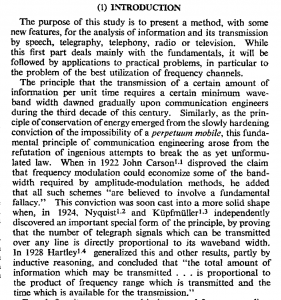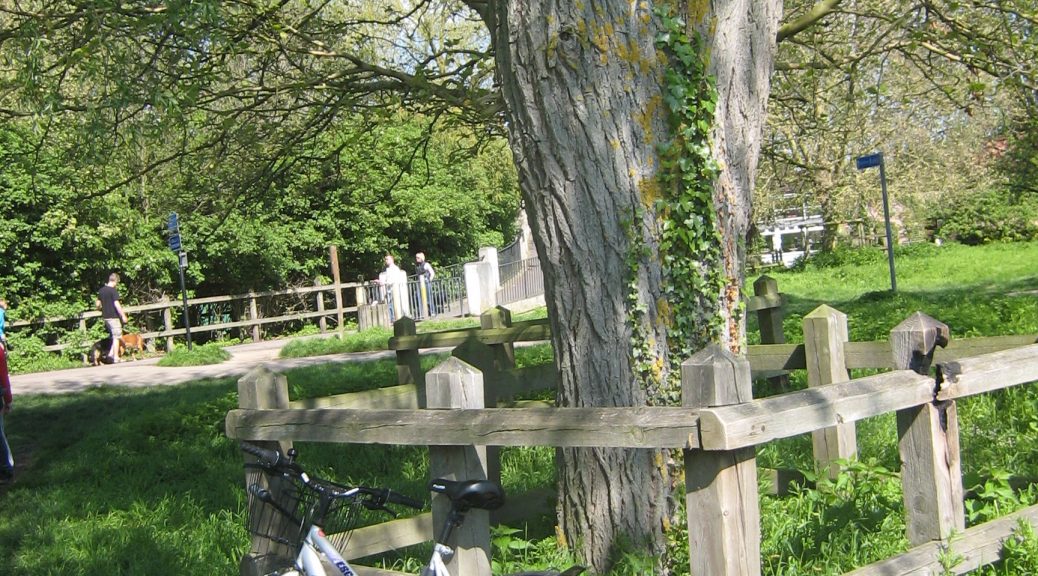The EE department set up a class called “technical writing,” but discussions with some EE faculty suggest that another main goal is related to your getting a more liberal education. The assumption seems to be that inputs from other fields can inspire and fertilize the minds of engineers. The class changes from quarter to quarter, but this goal explains why I assign a nonfiction public science book during some quarters; it explains two quarters that included Jacob Bronowski’s The Ascent of Man; it explains our improvisational games, too.
One of my experiences this summer has only increased my interest in and valuation of cross-disciplinary thinking. I worked at a summer camp for a week, a summer camp that draws in children and teens who love certain books about alternative worlds and then builds on their interests in reading, fantasy, science fiction, technology, role-playing, writing, and art and encourages them to combine all those interests, along with “design thinking,” to imagine the future. When I was there, I happened to be reading Neal Stephenson’s new novel, Seveneves, in which he spends most of the book describing a surprising future—and particularly all the technology that lets humankind survive the destruction of the earth.
This type of imagining, whether in the service of entrepreneurial opportunity or science fiction, seems worth devoting some of your attention to. Whether or not you espouse the singularity—I don’t, quite, but the Camp Director thinks it’s arriving in the next 15-35 years, which I hope will be within all our lifetimes—technological change is happening faster and faster. And with that, in spite of the ways cultures and traditions try to pump the brakes on drastic behavioral change, contemporary societies are changing surprisingly quickly, too. How to prepare?
Well, there may be no specific way to prepare for unknown changes, but all you creative electrical engineers can probably succeed in this situation. At camp, I asked my writing students to imagine a future, and one told the story of a boy using his iPhone as a hovercraft and matter generator (not just a 3D printer!). I assume this is impossible, but I am also sure it’s limited thinking. Why just try to improve an iPhone? Why not imagine a society beyond that, where iPhones seem as obsolete as my flip phone does now? What will replace them? What do people—you!—fantasize about being able to do now, but you can’t? And what will enable that?
Since we were sitting on a beautiful beach while writing, two students wrote short poems about the sea, the birds, the rocks, and the boats. And then they moved from there, imagining a future in which readers would not be able to interpret their poems, since humans no longer had access to this natural setting. That got them going, and the next step (if they’d had more time) would have been to imagine ways to prevent this from happening. Are there technological means to enable more rather than less human interaction with the complexity and beauty of nature? How can technology reduce mediation, or environmental degradation, rather than increase it?
In short, start jotting down some fantasy fiction, and see where it takes you as an engineer.
Some further reading:
The books and “fandoms” these kids love: Rick Riordan’s Percy Jackson series, Doctor Who and Sherlock (from BBC television), Scott Westerfield’s Leviathan trilogy, Suzanne Collins’ The Hunger Games trilogy, Avatar: The Last Airbender and The Legend of Korra (related tv series), and others (including, of course, J.K. Rowling’s Harry Potter books). You might enjoy reading some of these yourself!
One article on Neal Stephenson’s contributions to scientific vocabulary and research is Gray Scott’s “Interdisciplinary Sage” in Tomorrow Through the Past: Neal Stephenson and the Project of Global Modernization (Newcastle: Cambridge Scholars Press, 2006):










